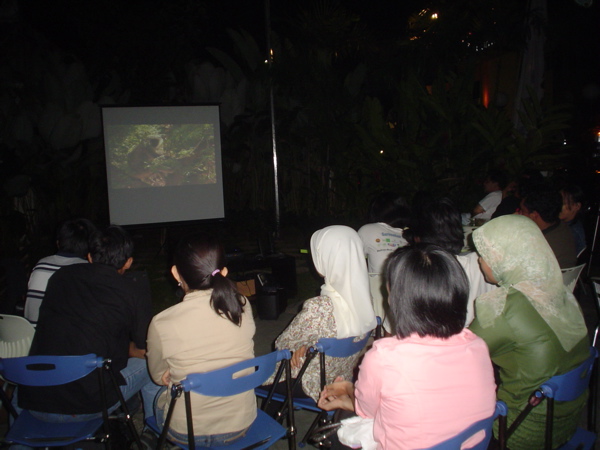by Aloisa Zamora-Santos, NTFP-EP
A new film promises to be another thought-provoking piece and aims to contribute to the NTFP-EPs advocacy for sustainable forest-based livelihoods for communities in the region. Like Voices from the Forest, the first film jointly produced by Telapak’s Gekko Studio (Bogor, Indonesia) and the NTFP-EP, this film examines how forest-dependent groups are balancing forest use and conservation, as well as how support groups are working to address threats and challenges.
The film focuses on India, where there are over 3000 species of Non-Timber Forest Produce or NTFPs and nearly 500 million people or one fourth of the population dependent on NTFPs for their supplementary income. Moreover, tribal peoples living in forests in India, and how their survival as a people and as a culture are greatly dependent on NTFPs.
 With this film, we have gained the enthusiastic support and experience of Ms. Rita Banerji of Dusty Foot Productions of New Delhi, India. She is well known for her work in the award-winning film “Honey Hunters of the Blue Mountains” as well as other films dealing with conservation and environmental issues.
With this film, we have gained the enthusiastic support and experience of Ms. Rita Banerji of Dusty Foot Productions of New Delhi, India. She is well known for her work in the award-winning film “Honey Hunters of the Blue Mountains” as well as other films dealing with conservation and environmental issues.
The rough cut was shown to some 35 Bogor-based NGOs, media, and communication groups last July 12 at the Telapak Café, Bogor. The film is expected to be released by October 2007.
Some stories highlighted in the film are:
• Improvement of collection, processing and marketing of various NTFPs (wild honey, hirda fruit, mahua, etc.) through the formation of self-help groups, cooperatives and societies, so that tribals get a better price for their products.
• The complexity of Indian legislation in all aspects of NTFPs and how tribals are losing out to government and traders.
• The setting up of a mahua bank, a response to the disfunctional state-owned buying centers and the restrictive legislation because mahua is also made into a traditional liquor. The bank allow tribals to deposit and withdraw mahua flowers as per their need, and allows them to sell the flowers when prices are high.
• A sal (teak) plantation that is a people’s initiative, a forest regenerated by the people themselves, has provided a stable livelihood for an entire community. Sal leaves are made into traditional plates, widely used in India for large social gatherings.
• A community-based processing center for amla (Indian gooseberry), and the improvement of processing through better technology, has significantly increased the efficiency of production of amla products, translating into better incomes.
• The setting up of Green Shops by the Nilgiris-based Keystone Foundation has provided a much needed marketing link for the many tribals’ NTFPs.




